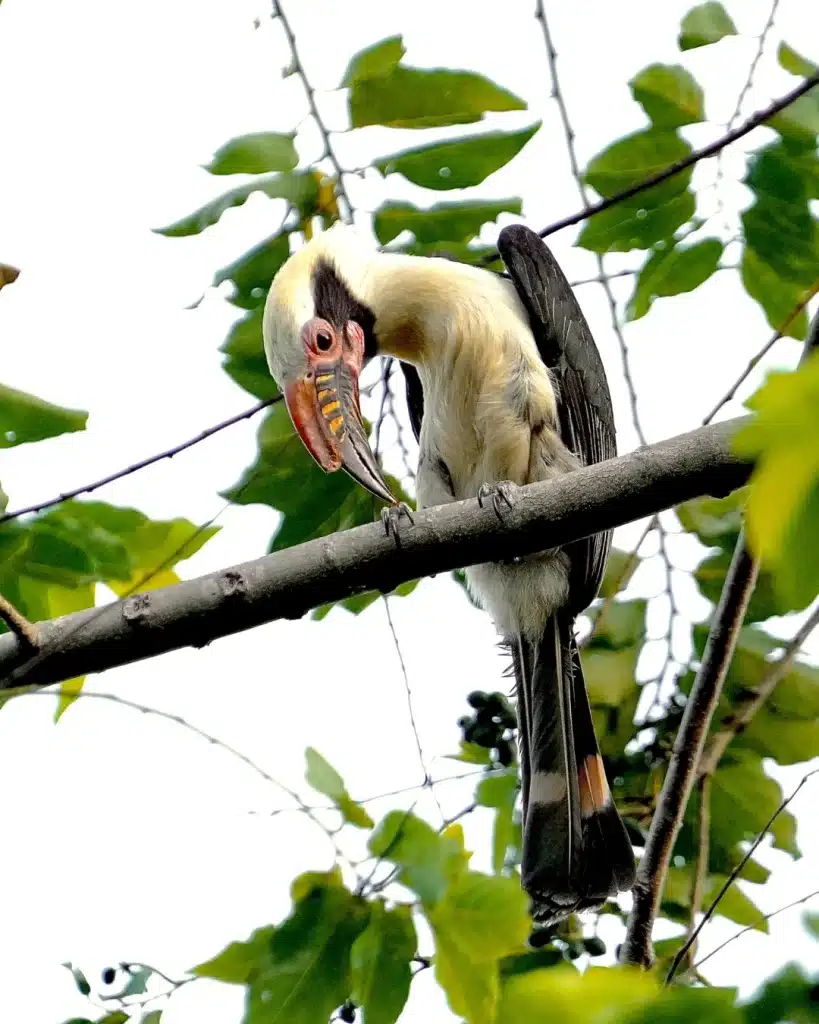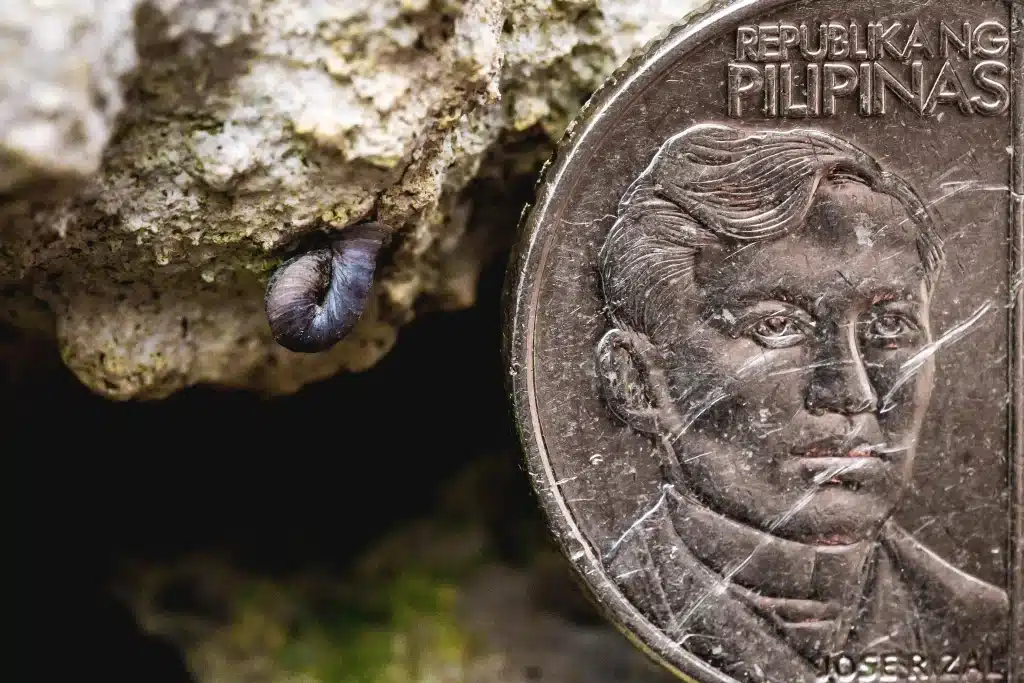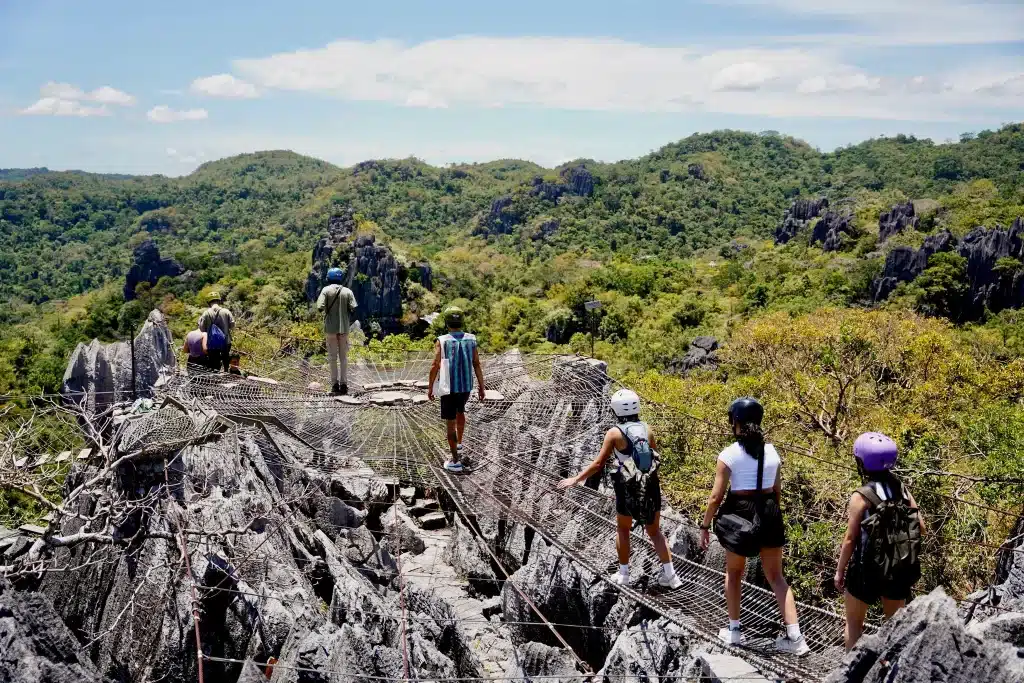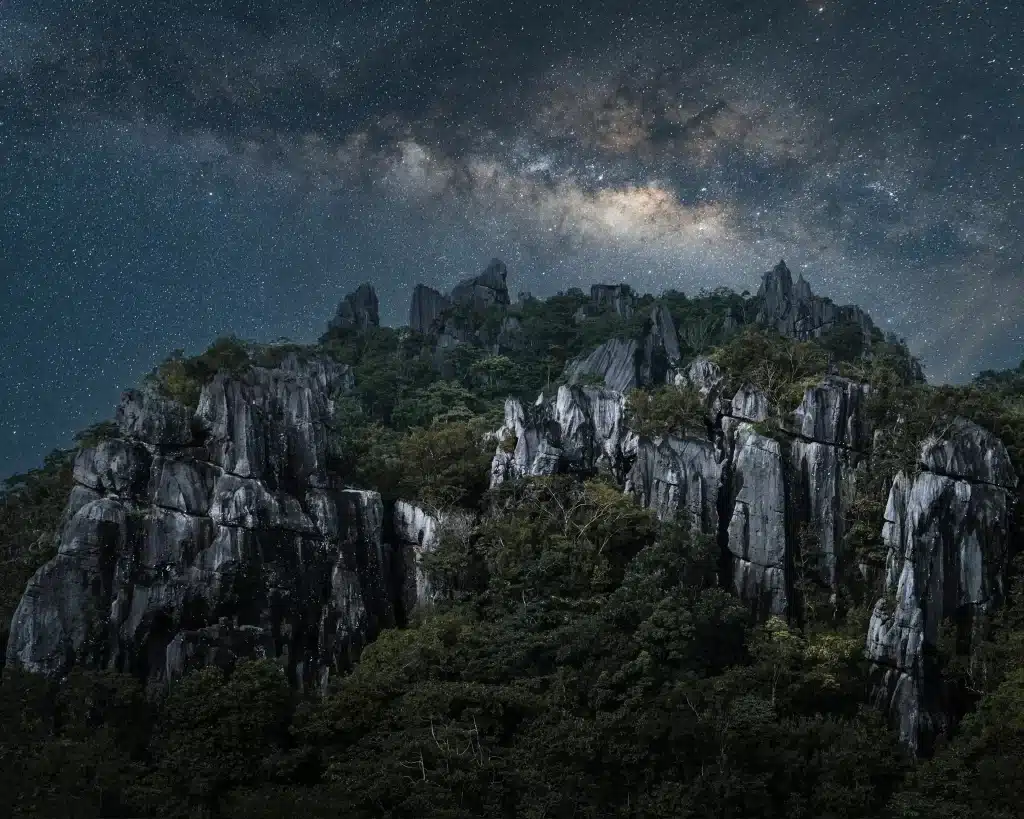High above jagged limestone cliffs, the shadow of a rare Philippine hawk-eagle slices the sky. Down below, in the hushed forest night, a North Luzon cloud rat scurries through the undergrowth like a character pulled from myth. Welcome to Masungi Georeserve—an ecological theatre where the cast ranges from sky-ruling raptors to tree-dwelling rodents, and even a snail so tiny it can perch on your fingernail. Believe it or not, this corner of Luzon is one of the most extraordinary wildlife stages on Earth.
An Ark of Biodiversity in Stone
Just 47 kilometres from the bustle of Manila lies a wilderness perched atop jagged limestone karst formations some 60 million years old. The Masungi Georeserve is a patch of land that was once denuded and barren, yet through painstaking restoration it has transformed into a living ark of rare and endemic wildlife. Scientists call Luzon Island, where Masungi sits, the planet’s most concentrated hotspot for unique non-flying mammals, a claim that would make even Darwin blink.

Here, endangered Philippine hawk-eagles soar over misty ridges, indigo-banded kingfishers dart across streams, and nocturnal cloud rats emerge from the shadows like forest phantoms. But the headliner of this extraordinary cast is none other than the pocket-sized Masungi microsnail, discovered in 2020 and found nowhere else on Earth.
The Snail with Superpowers
What makes a snail so extraordinary? In this case, its sheer existence. The Masungi microsnail clings to limestone walls and damp crevices, surviving in an ecosystem that quarrying companies once wanted to blast apart for cement. Its discovery gave Masungi’s defenders scientific ammunition: how do you justify destroying a site when its species literally cannot live anywhere else?

Conservationists like sisters Ann and Billie Dumaliang have turned the snail into a mascot of resistance. The humble creature has appeared in social media posts, educational tours, and even advocacy campaigns. As Ann explained, Masungi’s strength lies not in flashy tourism gimmicks but in tiny stories, like the snail, that make people fall in love with nature.
Tourism on Nature’s Terms
Unlike theme parks where crowds jostle shoulder-to-shoulder, Masungi restricts group sizes and funnels visitors into guided treks across rope bridges, stone trails, and canopy hammocks that float above sensitive rock formations. The idea: let people marvel without trampling the very wonders they came to see. The Legacy Trail even lets guests plant or nurture trees, creating hands-on conservation moments that beat any Instagram shot.

It’s tourism as nature intended, small, slow, and respectful. And it works. Entrance fees fund rangers who patrol against illegal logging, plant saplings, and monitor wildlife. Each sighting, whether a macaque troop or the return of hornbills, becomes another piece of evidence that Masungi’s gamble on ecotourism is paying off.
Against All Odds

Still, the fight is far from over. Quarrying companies continue to covet the limestone, while loggers creep at the edges. Even government agreements have been contested, with conservationists facing political and legal pushback. But Masungi’s defenders press on, arguing that no short-term profit can replace a corridor of biodiversity that safeguards water, air, and life itself.
And so the snail remains more than a curio—it’s a rallying cry. If something so tiny can tip the scales in favour of survival, perhaps there’s hope for all of us.



























































